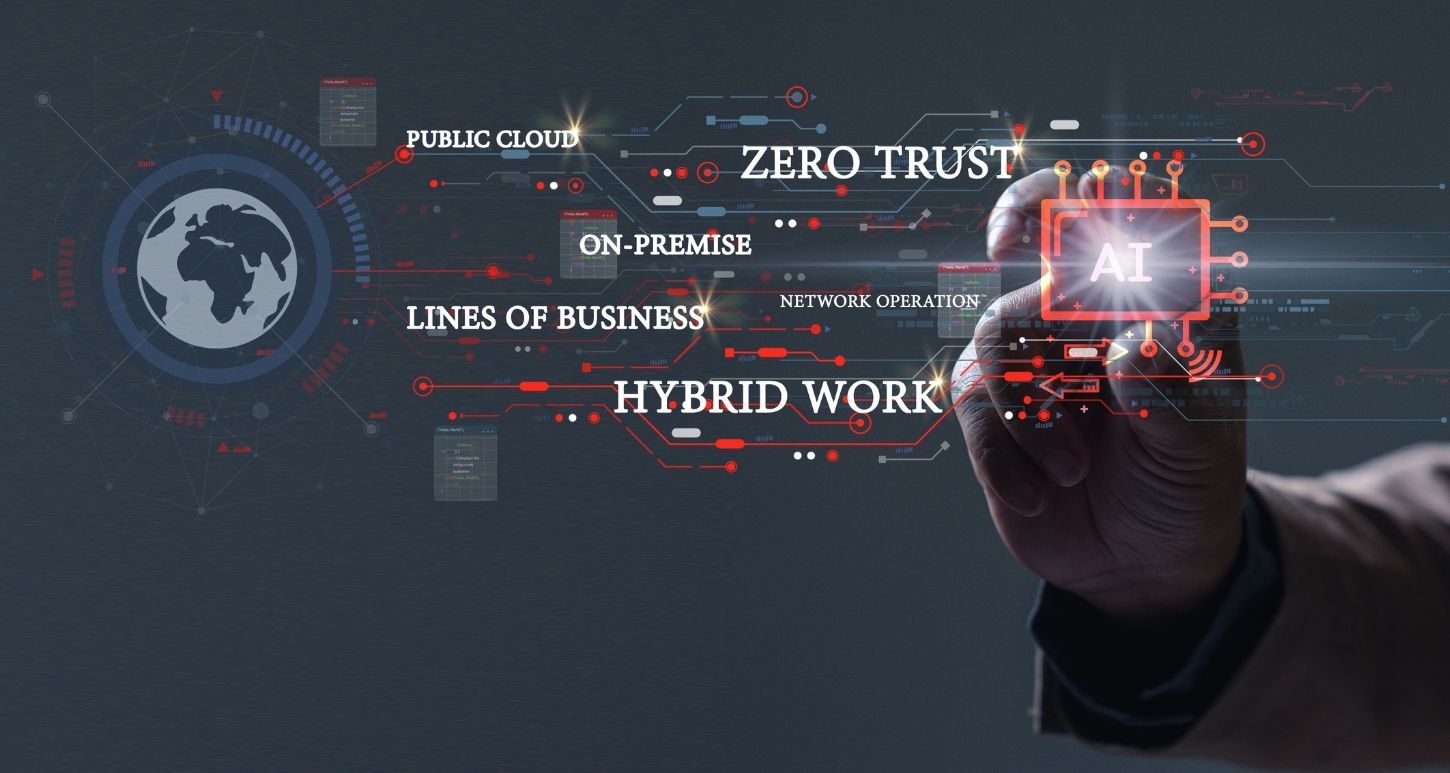By Richard Arneson
The word hyper probably brings to mind energy, and lots of it, possibly as it relates to a kid who paints on the dining room wall or breaks things, usually of value. But in the IT industry, hyper takes on an entirely different meaning, at least when combined with its compound counterpart―visor.
Hyperconvergence, in regards to data center infrastructures, is a step-up from convergence, and a stepping stone to composable. And, of course, convergence is an upgrade from traditional data center infrastructures, which are still widely used but eschew the use of, among other things, virtualization. Traditional data center infrastructures are heavily siloed, requiring separate skill sets in storage, networking, software, et al.
The Hypervisor―the engine that drives virtualization
Another compound word using hyper is what delivers the hyper in hyperconvergence ― hypervisor. In hyperconvergence, hypervisors manage virtual machines (VMs), each of which can run its own programs but gives the appearance of running the host hardware’s memory, processor and resources. The word hypervisor sounds like a tangible product, but it’s software, and is provided by, among others, market leaders VMware, Microsoft and Oracle. This hypervisor software is what allocates those resources, including memory and processor, to the VMs. Think of hypervisors as a platform for virtual machines.
Two (2) Types of Hypervisors
Hypervisors come in two (2) flavors, and deciding between either comes down to several issues, including compatibility with existing hardware, the level and type of management required, and performance that will satisfy your organization’s specific needs. Oh, and don’t forget budgetary considerations.
Bare-Metal – Type 1
Type 1 hypervisors are loaded directly onto hardware that doesn’t come pre-loaded with an Operating System. Type 1 hypervisors are the Operating System, and are more flexible, provide better performance and, as you may have guessed, are more expensive than their Type 2 counterparts. They’re usually single-purpose servers that become part of the resource pools that support multiple applications for virtual machines.
Hosted – Type 2
A Type 2 hypervisor runs as an application loaded in the Operating System already installed on the hardware. But because it’s loaded on top of the existing OS, it creates an additional layer of programming, or hardware abstraction, which is another way of saying less efficient.
So which Type will you need?
In the event you’re looking to move to a hyperconverged infrastructure, both the type of hypervisor, and from which partner’s products to choose, will generate a spate of elements to evaluate, such as the management tools you’ll need, which hypervisor will perform best based on your workloads, the level of scalability and availability you’ll require, and, of course, how much you’ll be able to afford.
It’s a big decision, so consulting with hyperconvergence experts should probably be your first order of business. The talented solutions architects and engineers at GDT have delivered hyperconvergence solutions to enterprises and service providers of all sizes. They’d love to hear from you, and can be reached at SolutionsArchitects@gdt.com.




